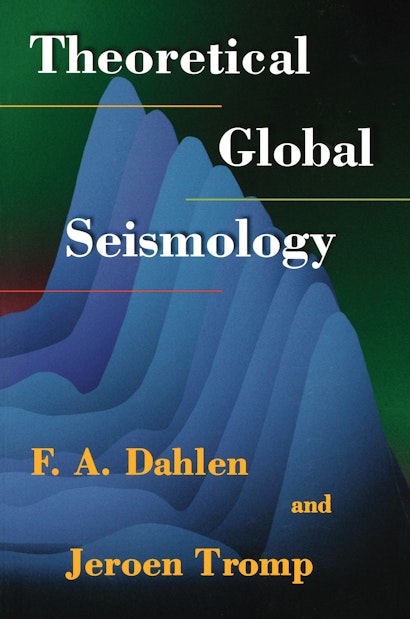Theoretical Global Seismology


Paperback
- Price:
- $120.00/£100.00
- ISBN:
- Published:
- Oct 11, 1998
- Copyright:
- 1999
- Pages:
- 944
- Size:
- 7.75 x 10 in.
- 214 figures 16 maps 32 tables
- Main_subject:
- Earth Science
ebook
After every major earthquake, the Earth rings like a bell for several days. These free oscillations of the Earth and the related propagating body and surface waves are routinely detected at broad-band seismographic stations around the world. In this book, F. A. Dahlen and Jeroen Tromp present an advanced theoretical treatment of global seismology, describing the normal-mode, body-wave, and surface-wave methods employed in the determination of the Earth’s three-dimensional internal structure and the source mechanisms of earthquakes. The authors provide a survey of both the history of global seismological research and the major theoretical and observational advances made in the past decade.
The book is divided into three parts. In the first, “Foundations,” Dahlen and Tromp give an extensive introduction to continuum mechanics and discuss the representation of seismic sources and the free oscillations of a completely general Earth model. The resulting theory should provide the basis for future scientific discussions of the elastic-gravitational deformation of the Earth. The second part, “The Spherical Earth,” is devoted to the free oscillations of a spherically symmetric Earth. In the third part, “The Aspherical Earth,” the authors discuss methods of dealing with the Earth’s three-dimensional heterogeneity. The book is concerned primarily with the forward problem of global seismology—detailing how synthetic seismograms and spectra may be calculated and interpreted.
As a long-needed unification of theories in global seismology, the book will be important to graduate students and to professional seismologists, geodynamicists, and geomagnetists, as well as to astronomers who study the free oscillations of the Sun and other stars.